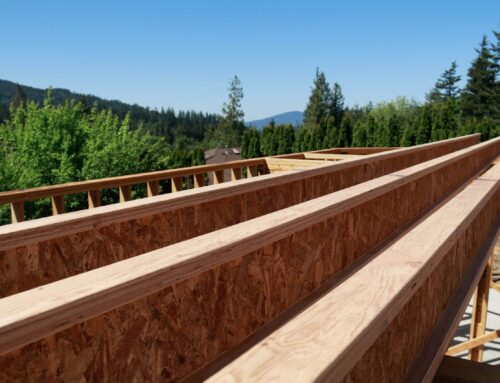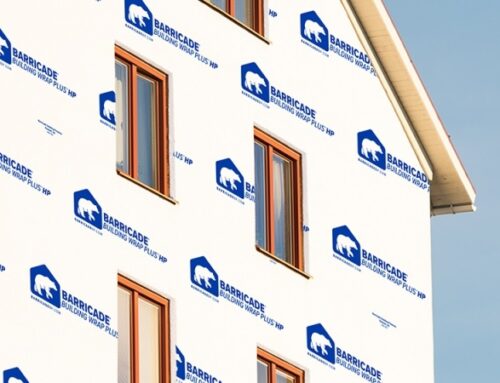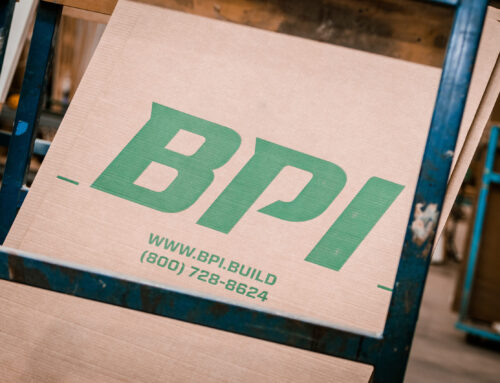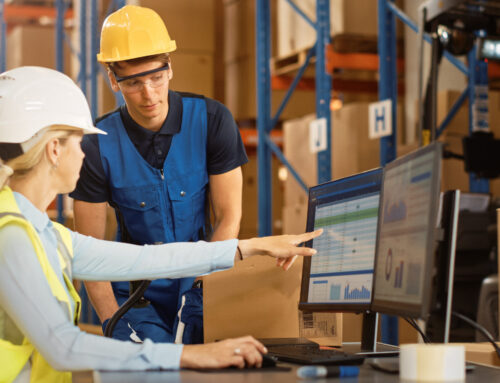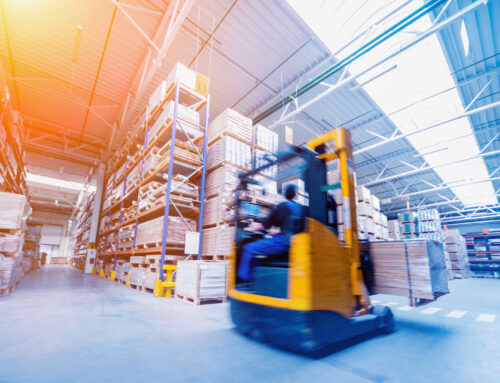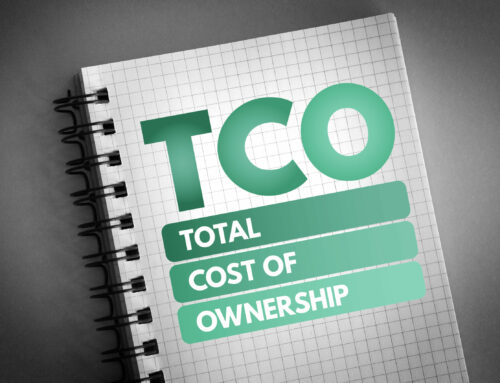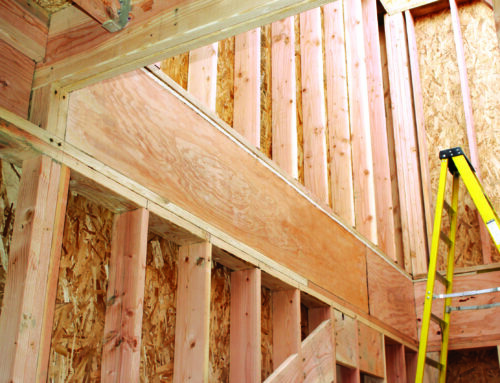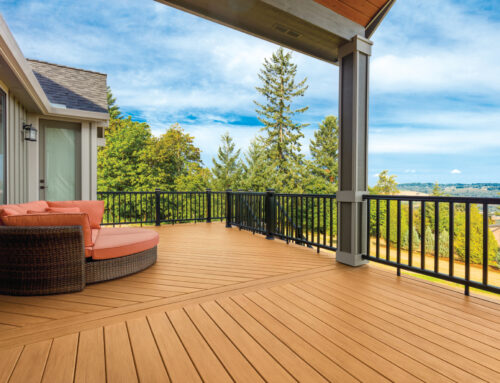When building a home, one thing you absolutely want to get right for your customers is the exterior siding. Types of home exterior siding play a major part in defining a home’s style, and the material it’s made with impacts the home’s livability and safety.
According to 2024 data from Angie.com, the average cost to replace siding is around $11,503, with most projects ranging between $5,570 to $17,595 for materials and installation. It’s no surprise that brick comes in as the most expensive option at $10-$20 per square foot with wood, composite wood and vinyl siding being the least expensive options.
HomeGuide.com provides estimated costs for siding replacement based on the material chosen and the size of the home. They state that siding removal costs can run $0.70 to $2.00 per square foot extra.
What kinds of siding should you offer your customers? Here’s a guide with the pros and cons of the currently popular available types of home exterior siding.
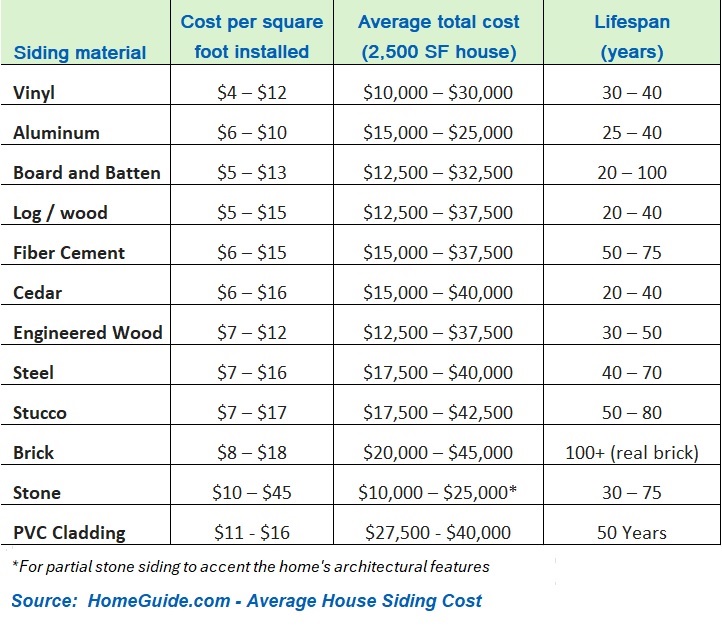
Wood Siding Pros and Cons
Wood siding will give a home a classic look and plenty of curb appeal, but the downsides are significant. First, there’s the obvious fact that wood is highly flammable. If a homeowner is unfortunate enough to experience a house fire, wood siding tends to make for worse outcomes.
Flame retardant chemicals will help slow the spread of fire, but that would add to the already high maintenance costs. Plus, wood siding requires frequent repainting, staining and refurbishment every three to five years to maintain the aesthetics that make it an enticing option in the first place. And from an ecological perspective, wood siding may be natural and non-toxic, but this is somewhat offset by the fact that it requires trees to be chopped down.
Wood siding cost per square foot: $1 – $15
Wood siding lifespan: 10 to 20 years
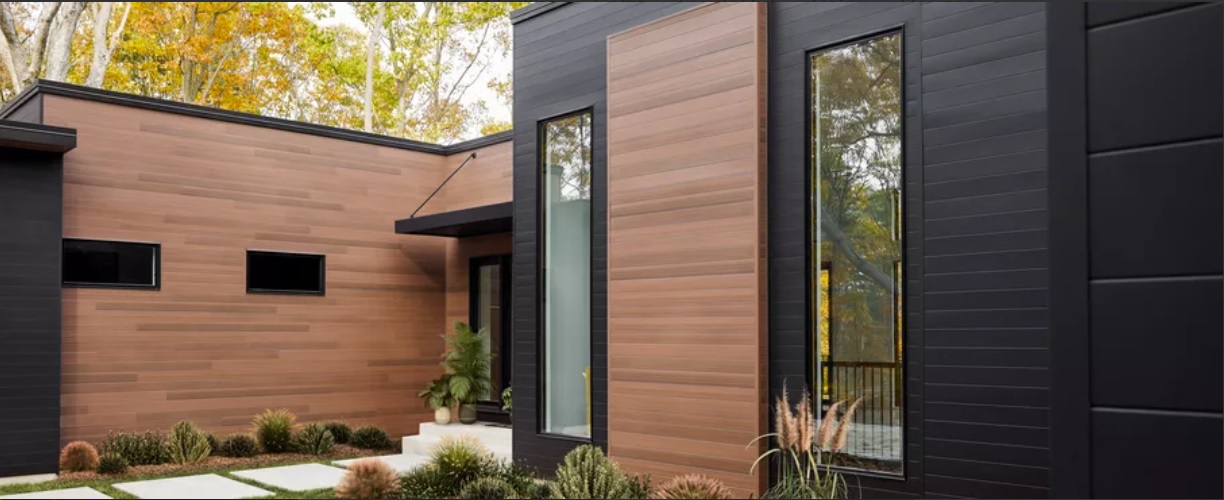
Metal Siding Pros and Cons
Metal siding is easy to install unless there’s underlying structural damage that needs repair. It can make a home look sleek and modern, and unlike wood, it’s fire-resistant and low maintenance. Plus, pests can’t chew through it and burrow into your customers’ living spaces.
However, it can pose a couple of major problems, especially if your customers live in a busy neighborhood. Metal is neither soundproof nor particularly good at insulation, which means a homeowner will either have a high heating bill every winter or hope that the sound of their teeth chattering will be enough to drown out the noise of passing snowplows. Metal siding is also prone to scratches and dents, especially during storm season.
Depending on the metal chosen, this option can be budget-friendly, as tin costs $1 to $3 per square foot, or expensive, as copper can cost up to $35 per square foot.
BPI carries steel siding by Quality Edge, which provides impact resistance that doesn’t crack, melt or absorb moisture like other siding materials. It also perfectly mimics the look of real wood siding in a range of curated color options.
Metal siding cost per square foot: $1 – $35
Metal siding lifespan: 15 to 100+ years
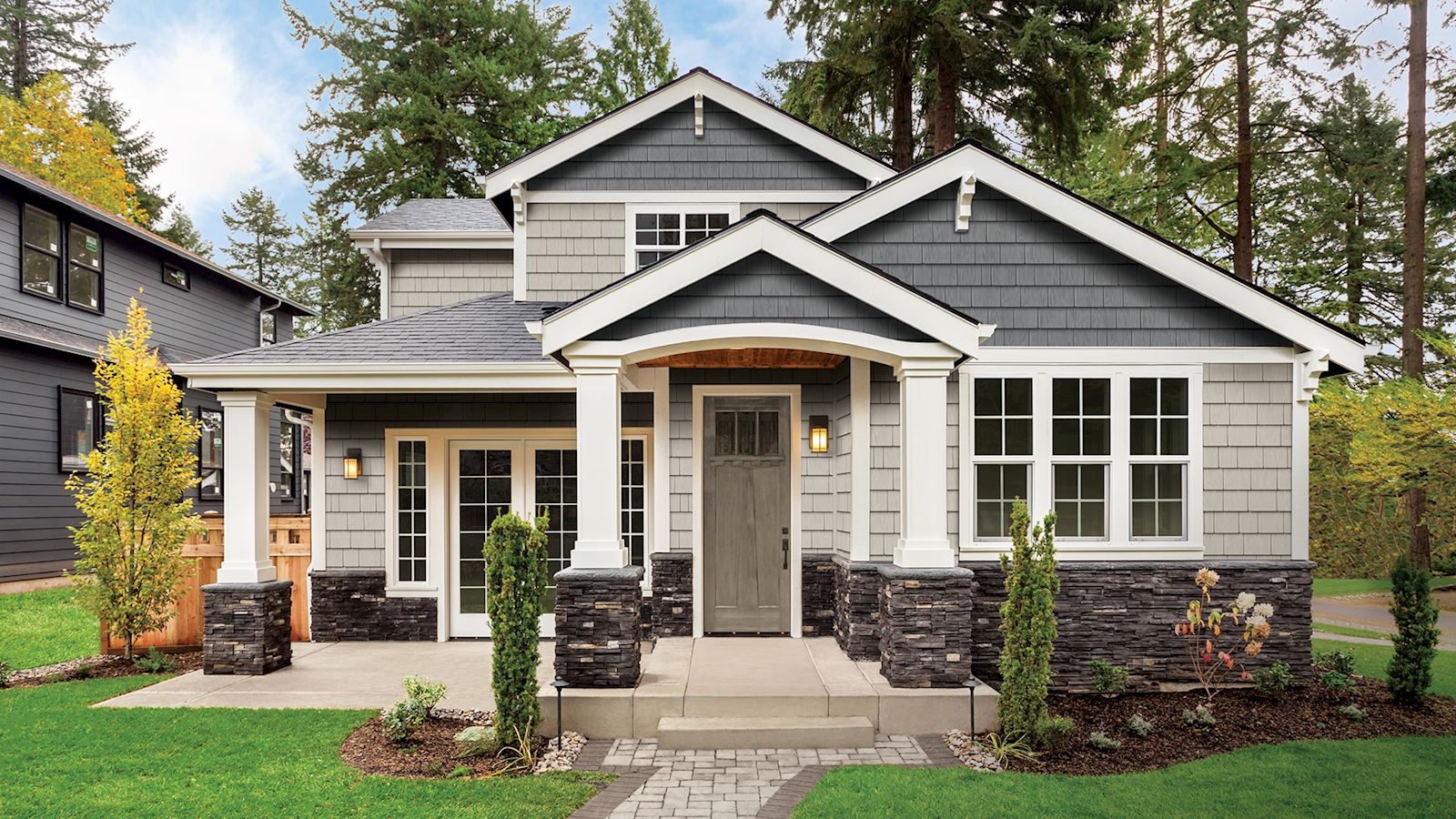
Vinyl Siding Pros and Cons
Vinyl is popular for a few reasons: it’s inexpensive, it looks good, and it’s fire-resistant up to 750 degrees. While it’s certainly safer and lower maintenance than wood, it’s still at a bit of a disadvantage in areas with intense weather. The sun’s UV rays can make vinyl fade sooner than some other types of siding, and snow, rain, and wind tends to beat it up. Storms are getting stronger and high winds can strip vinyl siding off major portions of a home. And if you’re not careful, the sheathing can rot while mold grows underneath, making for some very unhappy customers.
Vinyl siding cost per square foot: $3 – $12
Vinyl siding lifespan: 10 to 20 years
Composite Wood Siding Pros and Cons
Composite wood siding products are made of wood chips coated with a resin binder and compressed to create a board. The boards can be purchased pre-primed or pre-finished, which reduces the field and labor time once installed. They are popular because they’re easy to install, but if not done correctly, they can easily become damaged by moisture, especially in humid areas. Like fiber cement boards (mentioned below), they are considered environmentally friendly since they reduce the widespread clearing of trees for building purposes.
Composite wood siding cost per square foot: $1 – $6
Composite wood siding life span: 20 to 40 years
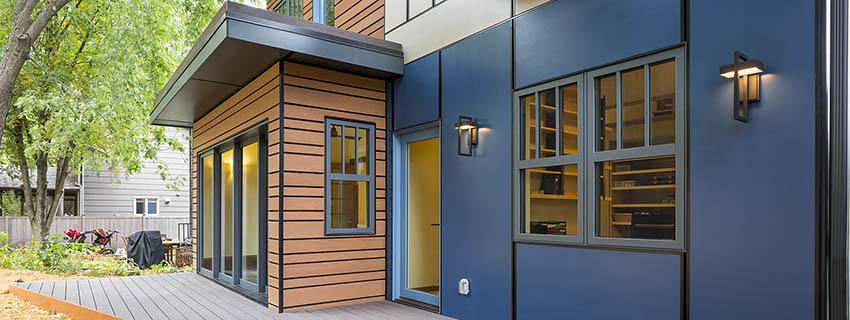
Exterior PVC Cladding Pros and Cons
Cladding is a type of siding that covers part or all of a home’s exterior walls. It can be used to highlight an area of the exterior, add design detail to a porch or entryway, or be part of a mixed materials exterior design. Cladding can be made from wood, aluminum, vinyl, brick or composite polymer, like TimberTech cladding by AZEK Exteriors. TimberTech Cladding delivers the full aesthetic experience of wood without the laborious, costly, and constant upkeep required with traditional lumber and, it won’t rot, warp or crack. The pros of PVC cladding are its stable performance, low maintenance and fire resistance. Cons are its negative environmental impact and the potential of fading.
PVC cladding cost per square foot: $11 – $16
PVC cladding life span: 50 years
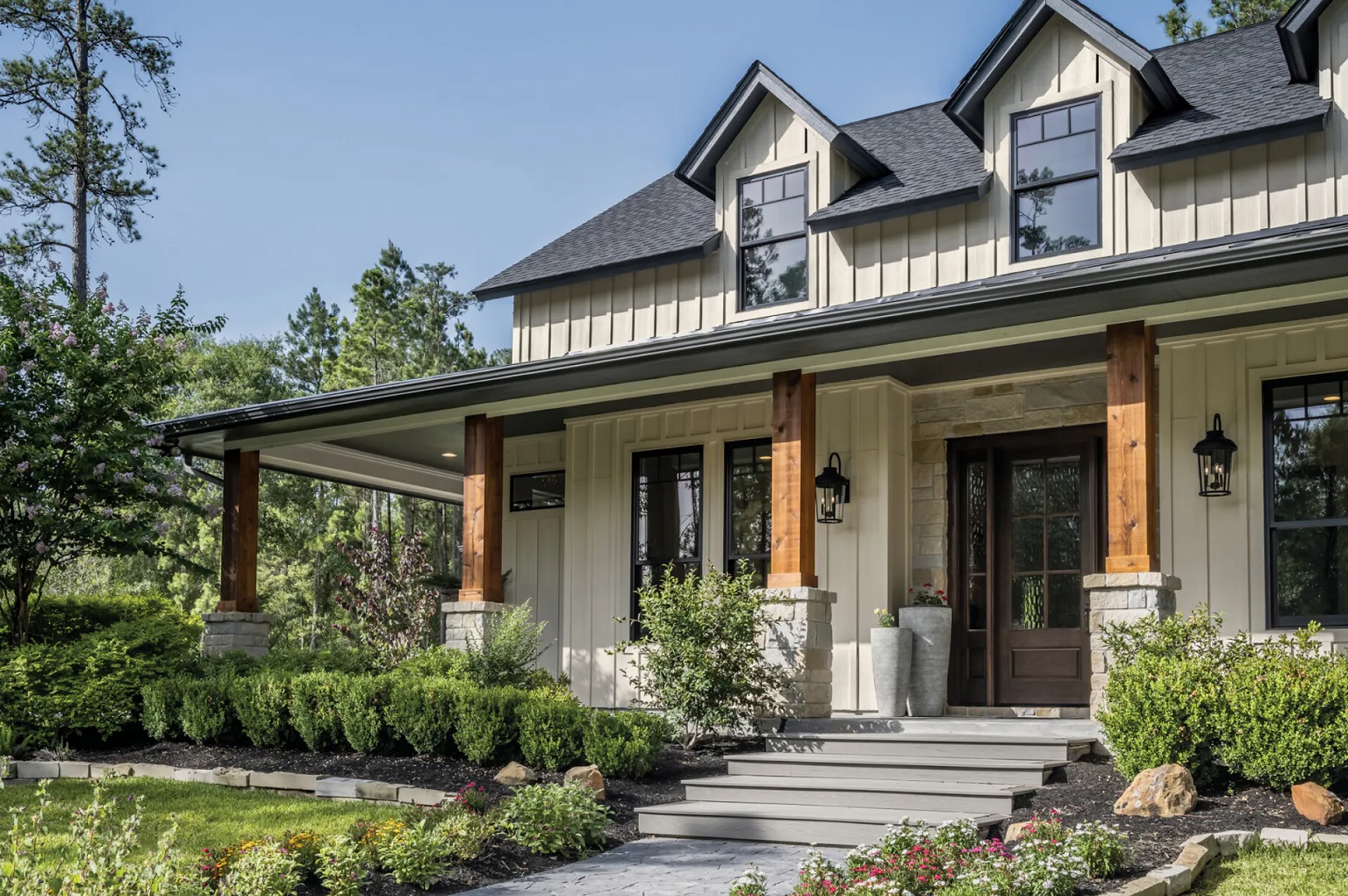
Fiber Cement Siding Pros and Cons
Fiber cement siding checks just about every box: it lasts for decades, even in the harshest of climates, and it can be styled to look exactly like wood with none of the fire risk. But it also has a reputation for being expensive. Here’s the thing: while the material itself may be pricier than vinyl, the overall long-term costs are very comparable.
Fiber cement siding from James Hardie is so durable and fireproof that it can even stand up to historic wildfires. This means your customers will save on their homeowners insurance. After all, less sturdy materials mean higher premiums and more claims, especially as storms get more severe.
When you use James Hardie and put it together with TAMLYN structural products, there’s no need to go back and caulk it, which can reduce labor time by 40%, making build time shorter and less costly.
Is it worth going cheaper when it can put you one bad storm away from higher insurance premiums and a decade or so away from needing a refresh? Or is it better to invest in siding that will last for 30+ years, no matter how bad the weather gets? This is a tough choice for your customers, and hopefully, this article will help you guide them in the direction that best suits their needs.
Fiber cement siding cost per square foot: $5 – $14
Fiber cement siding lifespan: 50 years
>> How to decide? Read our 9 Factors in Choosing the Best Siding for Your Home
Make sure your homes are built to last with BPI
BPI has partnered with James Hardie to offer high-quality materials and the expertise you need to ensure the success of your next job.
If you’re looking for other types of home exterior siding and accessory options, BPI carries Quality Edge steel siding as well as superior vinyl siding from Royal Building Products and Exterior Portfolio.
BPI is a family-owned supplier to the regions’ best lumberyards and specialty dealers in Iowa, Minnesota, North Dakota, South Dakota and Wisconsin.
>> Find an authorized BPI Dealer near you.

